Employer Self-Funded Health Plan Strategist - Health Plan Financial Strategy
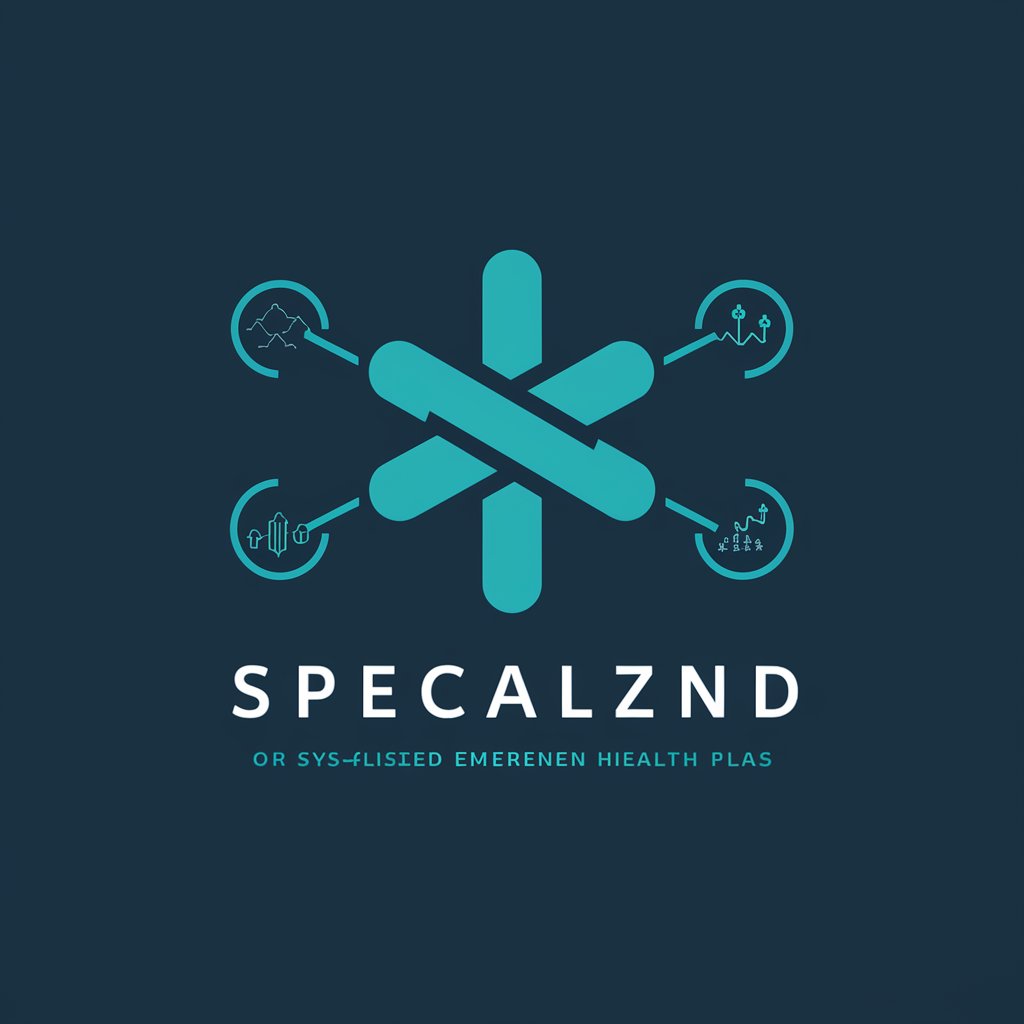
Welcome! Let's strategize to optimize your self-funded health plans and reduce costs effectively.
AI-powered health plan optimization.
What are the key strategies for reducing healthcare costs in self-funded employer health plans?
How can data analytics be utilized to identify cost-saving opportunities in health plans?
What are the best practices for negotiating stop loss insurance contracts?
How can wellness programs be designed to optimize cost savings for employers?
Get Embed Code
Overview of Employer Self-Funded Health Plan Strategist
The Employer Self-Funded Health Plan Strategist is designed to aid organizations in managing and optimizing self-funded health plans. This role involves developing and implementing strategies to control healthcare costs while ensuring quality care for employees. It focuses on financial strategy, including the strategic use of stop loss insurance to mitigate risk, leveraging data analytics to identify cost-saving opportunities, and implementing wellness programs tailored to the workforce's needs. An example scenario illustrating the purpose of this strategist could involve a mid-sized company seeking to reduce its healthcare expenditure without reducing the quality of healthcare benefits offered to its employees. The strategist would analyze the company's healthcare usage data, identify high-cost areas such as chronic disease management, and recommend targeted wellness programs to address these issues. Additionally, they would negotiate stop loss contracts to protect against unexpectedly high claims, ensuring the company's financial stability. Powered by ChatGPT-4o。

Key Functions of the Employer Self-Funded Health Plan Strategist
Strategic use of stop loss insurance
Example
Negotiating favorable terms in stop loss contracts to cover catastrophic health claims, thus protecting the employer's finances.
Scenario
A company faces a sudden increase in high-cost claims due to serious illnesses. The strategist negotiates a stop loss policy with lower attachment points and optimal coverage levels, preventing significant financial impact.
Leveraging data analytics for cost savings
Example
Using predictive analytics to identify patterns in healthcare claims and target interventions.
Scenario
Analyzing claims data to discover a high incidence of lifestyle-related diseases within the workforce. Implementing a targeted wellness program aimed at lifestyle modification, resulting in lower healthcare costs over time.
Implementing tailored wellness programs
Example
Designing and rolling out wellness initiatives that address specific health issues prevalent among the employee population.
Scenario
After identifying a high prevalence of diabetes, a customized wellness program focusing on diabetes management and prevention is introduced, leading to reduced claims related to diabetes complications.
Strategic financial partnerships
Example
Forming partnerships with healthcare providers and other entities to secure better rates and services.
Scenario
Collaborating with a network of providers to offer healthcare services at negotiated rates, ensuring cost-effective access to quality care for employees.
Ideal Users of Employer Self-Funded Health Plan Strategist Services
Mid to Large-Sized Employers
Organizations that self-fund their health plans and seek to minimize healthcare costs while maximizing employee health outcomes. They benefit from tailored strategies to manage risk, optimize healthcare spending, and enhance employee wellness.
HR and Benefits Managers
Individuals responsible for overseeing employee benefits and healthcare plans. They can leverage strategic insights to negotiate better stop loss coverage, implement cost-effective wellness programs, and utilize data analytics to make informed decisions.
Financial Officers
CFOs and financial managers in companies with self-funded health plans who are focused on controlling healthcare costs and ensuring the financial sustainability of their health benefits programs. They benefit from strategic planning and analysis to reduce overall healthcare expenditures.

Guidelines for Using Employer Self-Funded Health Plan Strategist
Initiate Trial
Begin by accessing a free trial at yeschat.ai, no login or ChatGPT Plus subscription required.
Identify Goals
Clarify your organization's health plan objectives, such as cost reduction, improved care quality, or enhanced data analytics.
Explore Features
Navigate through features focused on stop loss insurance, data analytics, and strategic financial partnerships to understand potential applications.
Engage with Content
Utilize the tool to generate strategies, insights, and actionable steps tailored to your specific health plan challenges and goals.
Apply Insights
Implement the strategies and insights provided to optimize your self-funded health plan, monitor outcomes, and adjust as necessary.
Try other advanced and practical GPTs
Website & DataExpert
Empowering your digital presence with AI

d-VINCI
Empower Your Creativity with AI

Rainbow Mate
Empowering Your Love Life with AI

Secret Cipher
Encrypt messages, powered by AI

Alt Text Assistant
Bringing Images to Words with AI
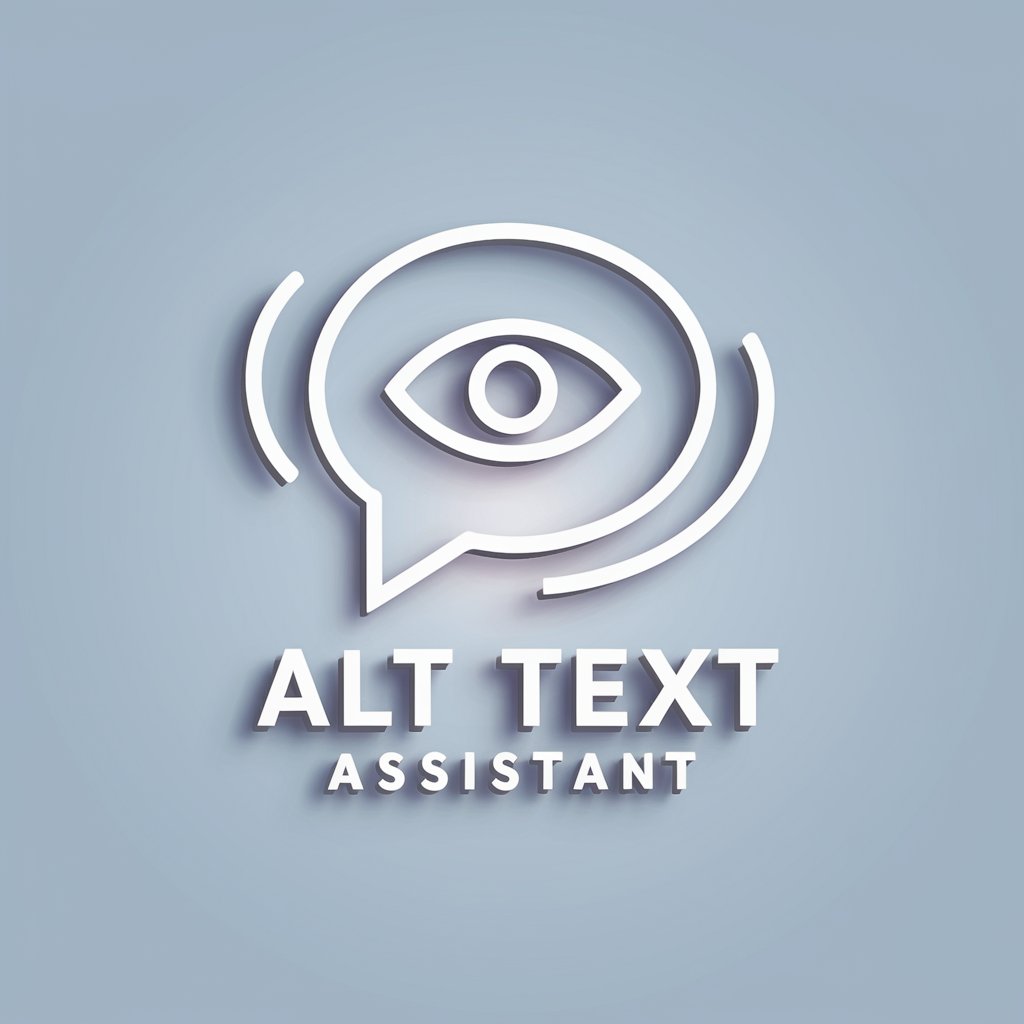
Cyber Security Ninja
Empowering Cybersecurity with AI Insight

在線侍酒師Online Sommelier
AI-Powered Beverage Pairing Expert

Physician Assistant GPT
Empowering Healthcare with AI
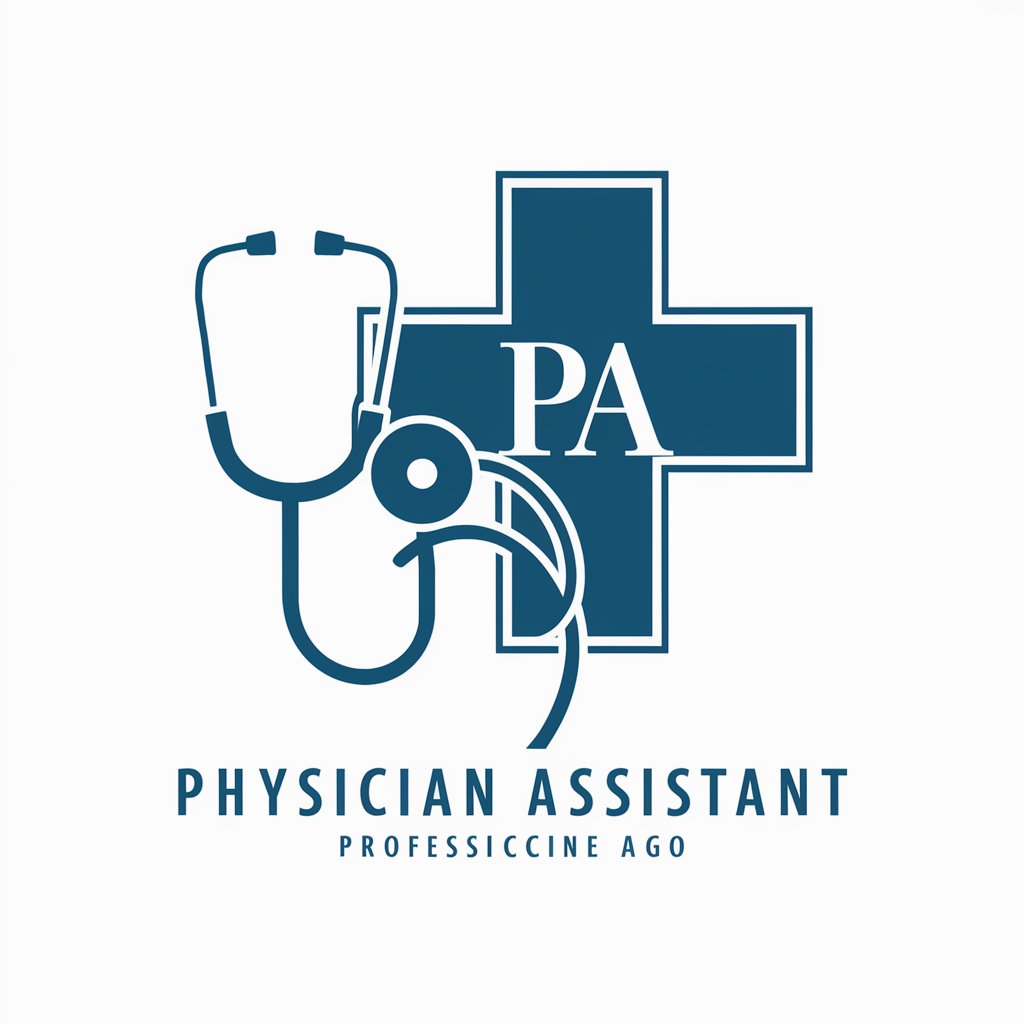
AKメルカリ商品説明文作成代行
Revolutionize Your Listings with AI

Keyword Match Type Converter
Optimize ads with AI-powered keyword conversion
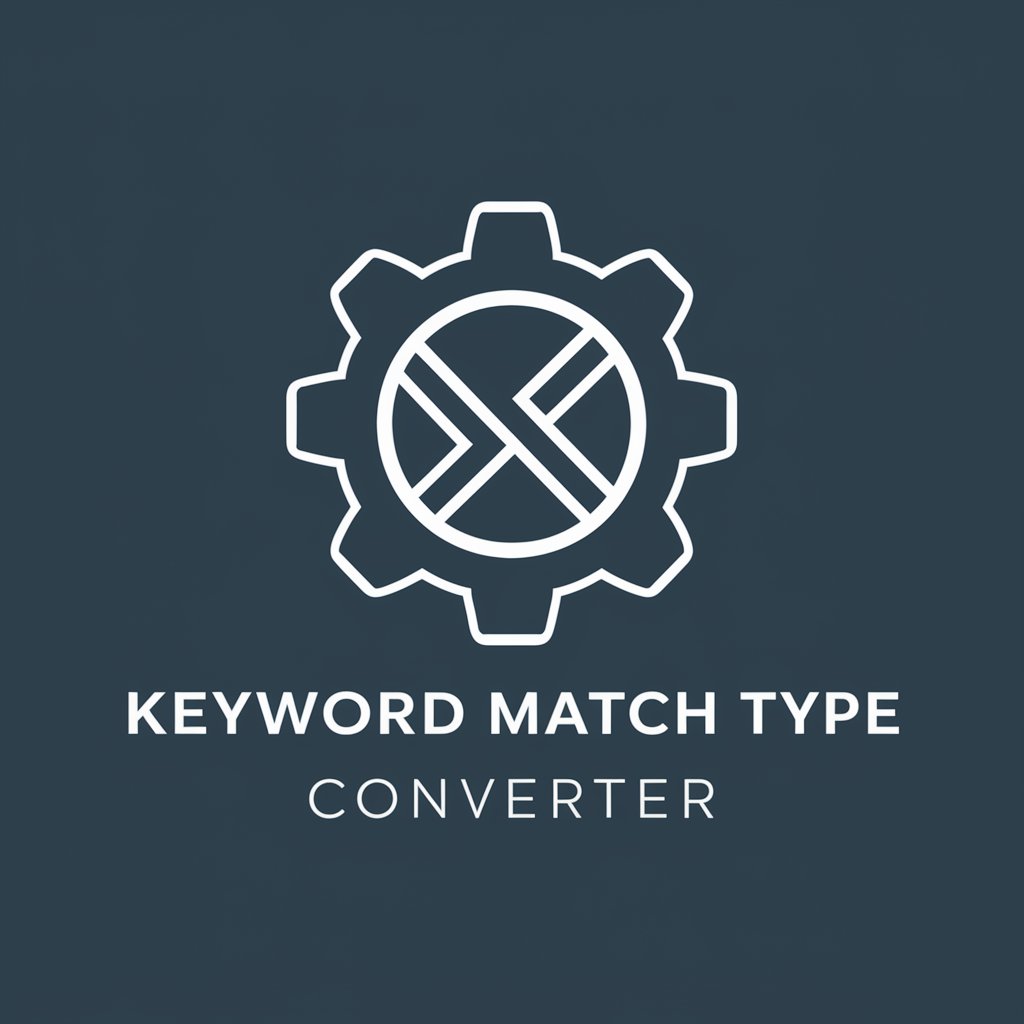
JSON Translator GPT
Translate JSON effortlessly with AI precision.
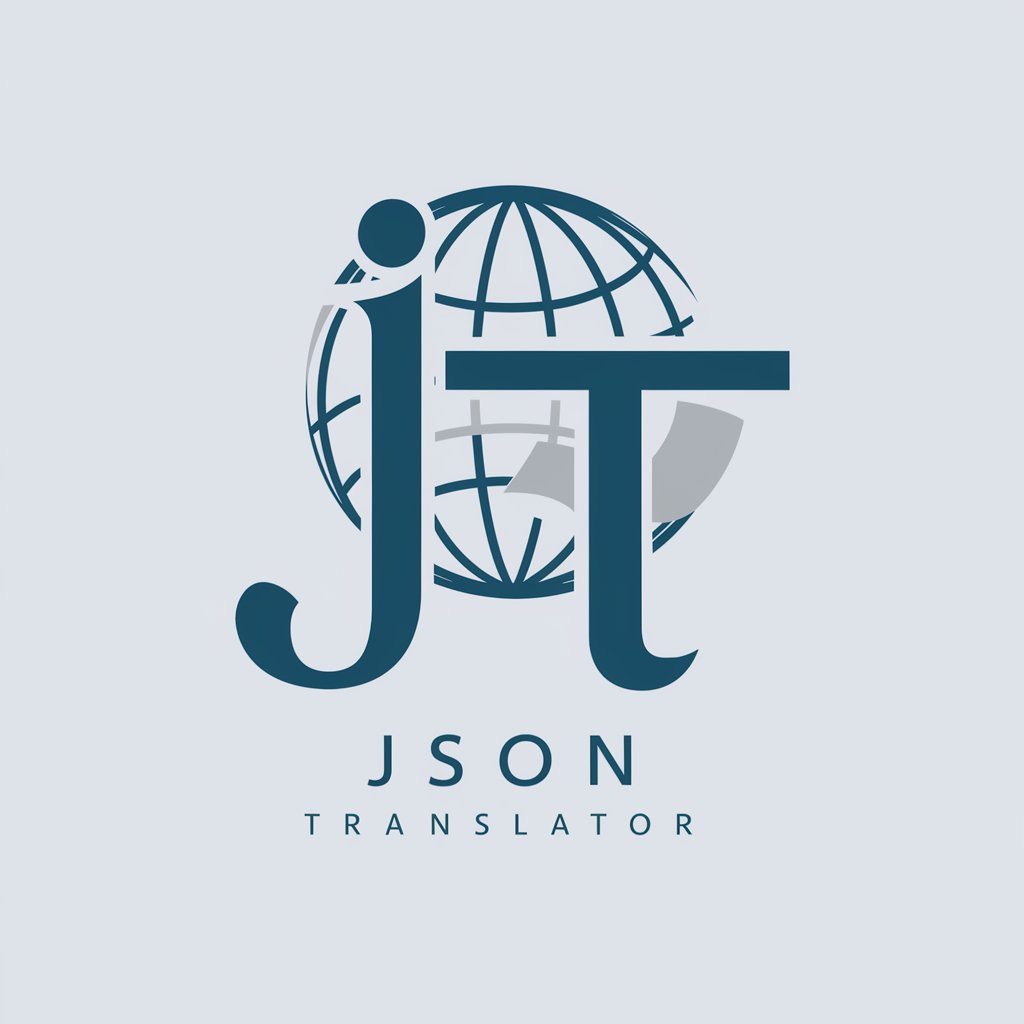
Medic Mentor
Empowering health decisions with AI.

FAQs on Employer Self-Funded Health Plan Strategist
What is Employer Self-Funded Health Plan Strategist?
It's an AI-powered tool designed to assist employers in managing self-funded health plans, focusing on cost reduction, stop loss insurance, and leveraging data analytics to make informed decisions.
How can it help reduce healthcare costs?
By analyzing healthcare data, suggesting optimal stop loss insurance coverages, and identifying cost-saving opportunities through provider contract optimizations and wellness initiatives.
Can it assist in selecting stop loss coverage?
Yes, it provides insights on selecting the right stop loss coverage levels and carriers to protect against high claims, based on historical claims data and future risk assessment.
How does it use data analytics for health plans?
It analyzes healthcare usage, cost patterns, and employee health trends to identify areas for cost savings, risk management, and to tailor wellness programs effectively.
What makes this tool unique?
Its AI-driven approach offers customized, actionable strategies for managing self-funded health plans, prioritizing financial sustainability without compromising on care quality.
